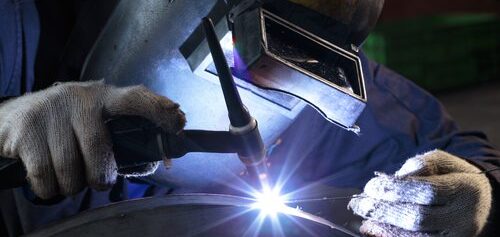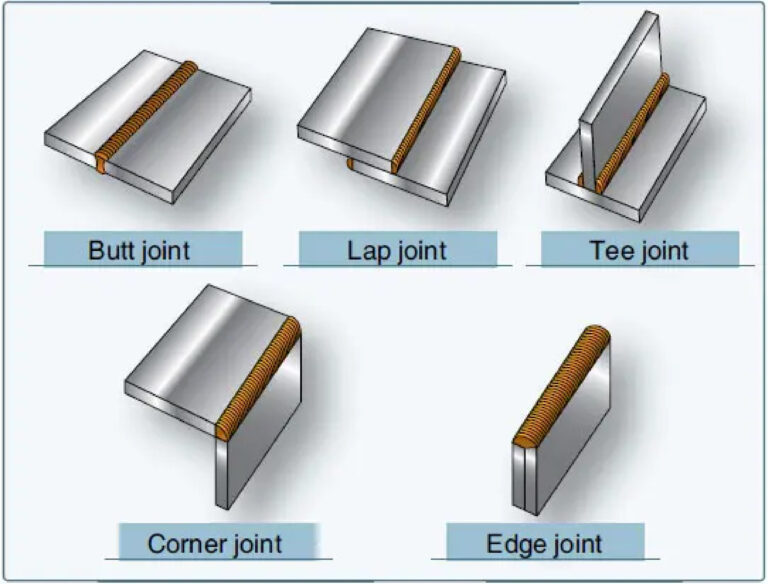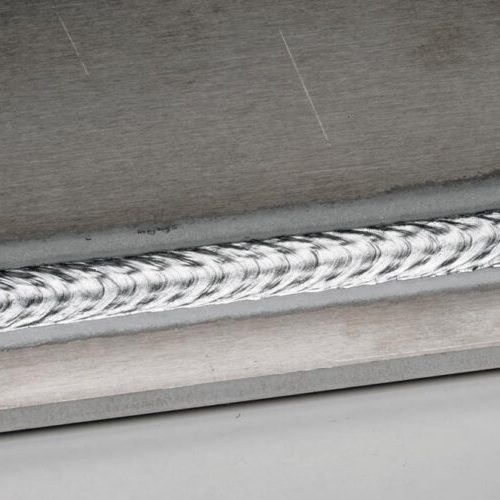
Welding is currently used in many industries, so it is worth knowing what it is and what activities the finishing of welded elements consists of.
What is welding?
Welding is a process aimed at joining materials by heating them to the appropriate temperature and, consequently, melting them at the point of joining. There are two types of next steps in this operation, namely the binder and the no-binder method. The most common heat source in this process is the welding arc. It is created by the action of the current generated by the welding power source. Only the heat generated by the arc can be used in arc welding, which causes the parts to fuse. We call this arc welding. Most often, however, the additional material is also fused to the joint. It can be delivered via the wire feeder to which the welding gun is connected or manually as a stick electrode. Beyond that, there are at least several other types of this process.
- Gravity welding
- Laser welding
- Plasma welding
- Ultrasonic welding
- electron beam welding.



What is the finish of welded parts?
Abrasive treatment of welded parts: the most important stage of finishing welded parts</s
- First stage: weld preparation
The first stage in the finishing of welded elements is their proper preparation for secondary processing, i.e., grinding and cleaning. To perform the weld properly, a smooth and clean cutting edge is necessary, as well as appropriate chamfering of the elements to prepare the place for the weld. This is especially important for thicker elements.
- Second stage: basic sanding
The next stage of the process is basic grinding, i.e., basic processing of the weld. During this process, depending on the specific requirements of the customer and the material, we level the joint or remove its excess to obtain an aesthetic appearance.
- Finishing sanding is the third stage
For finish grinding, a wide range of rotary products are used, driven by a grinder with speed control and other power tools designed for this purpose. The main purpose of this procedure is to obtain even greater surface smoothness, while in the case of stainless steel elements, this action ensures that the surface is given an appropriate grinding image.
- Cleaning is the fourth stage
The final stage of finishing the welded elements is the process which removes the tarnish resulting from welding and grinding the weld surface. The most common cleaning of welded elements is with a sanding fleece.
